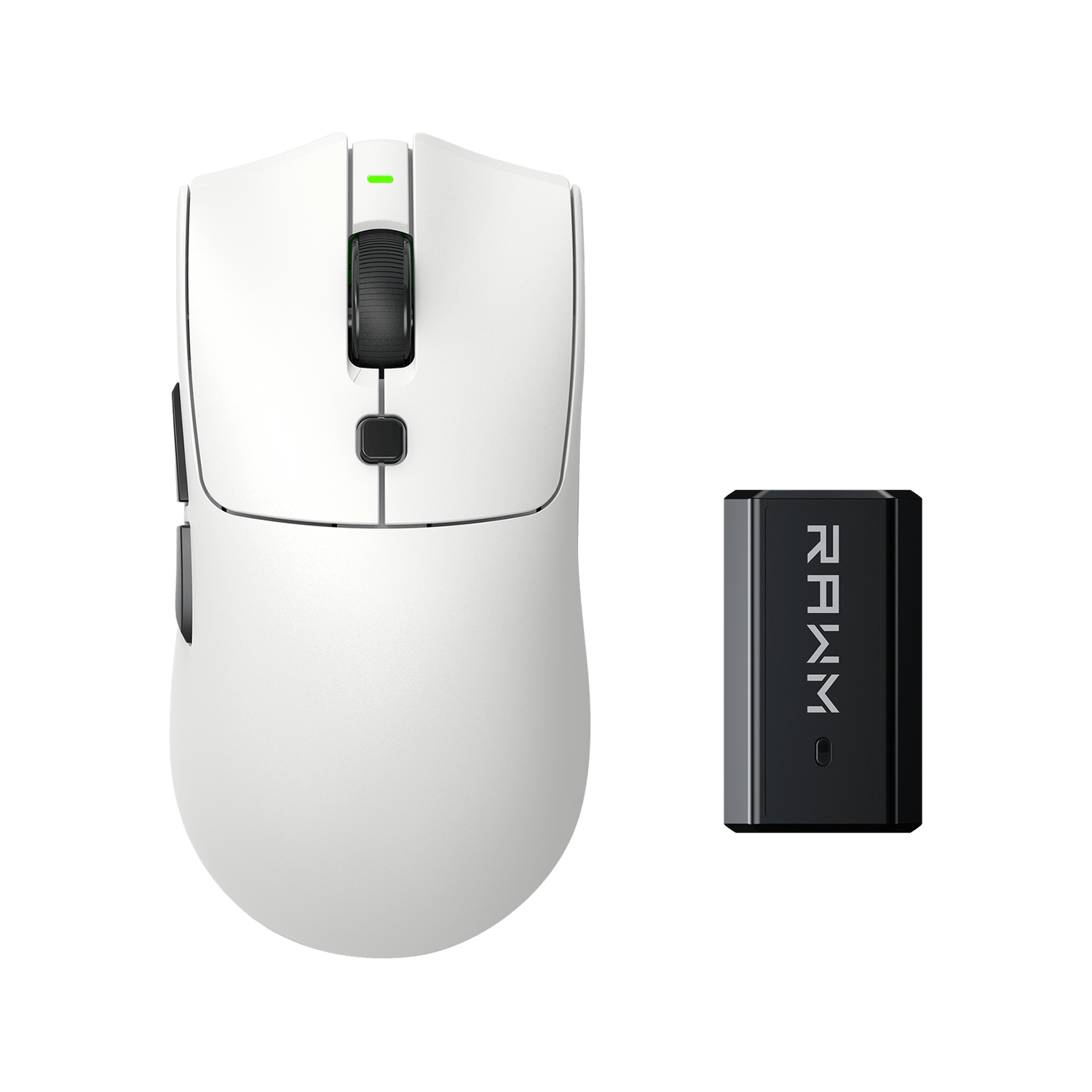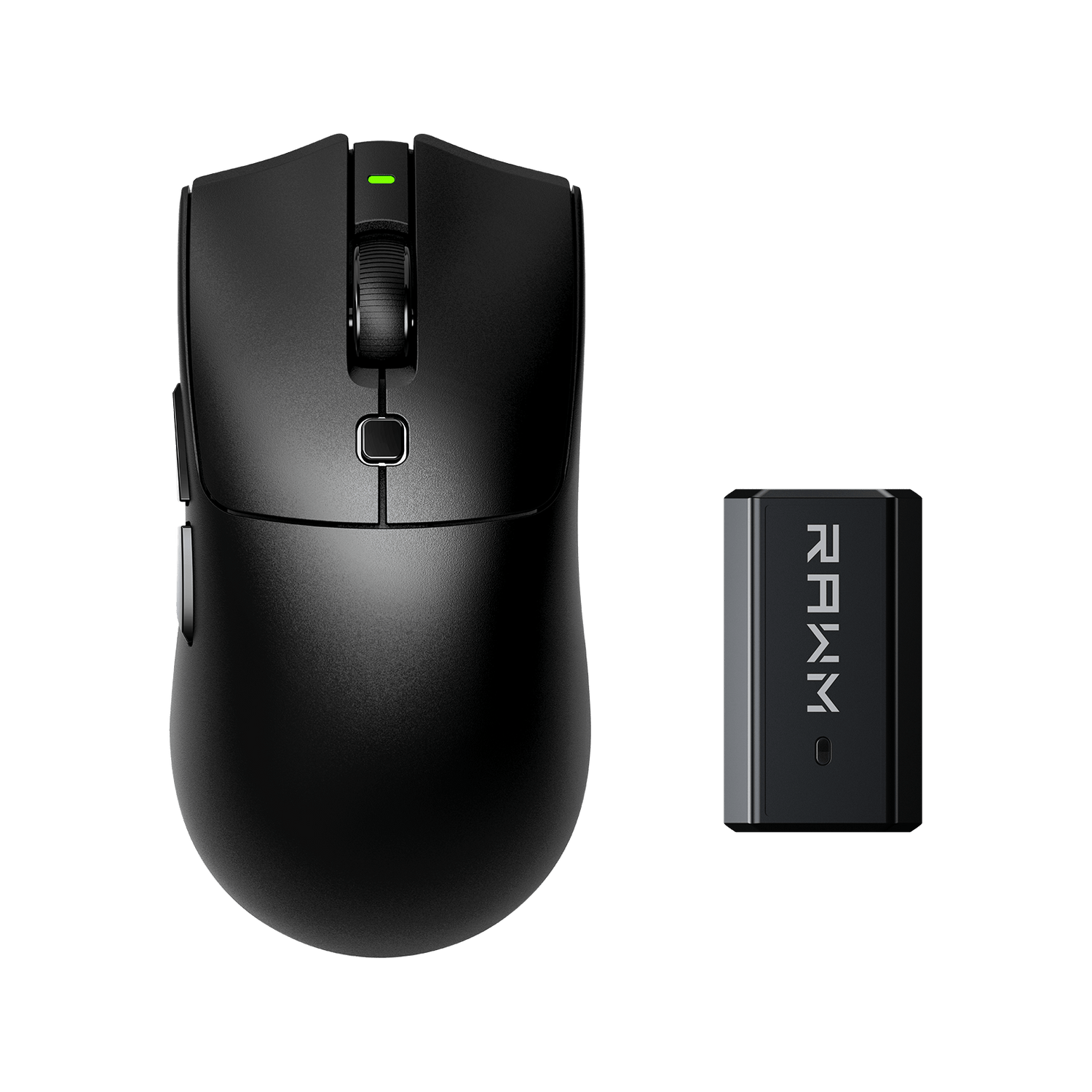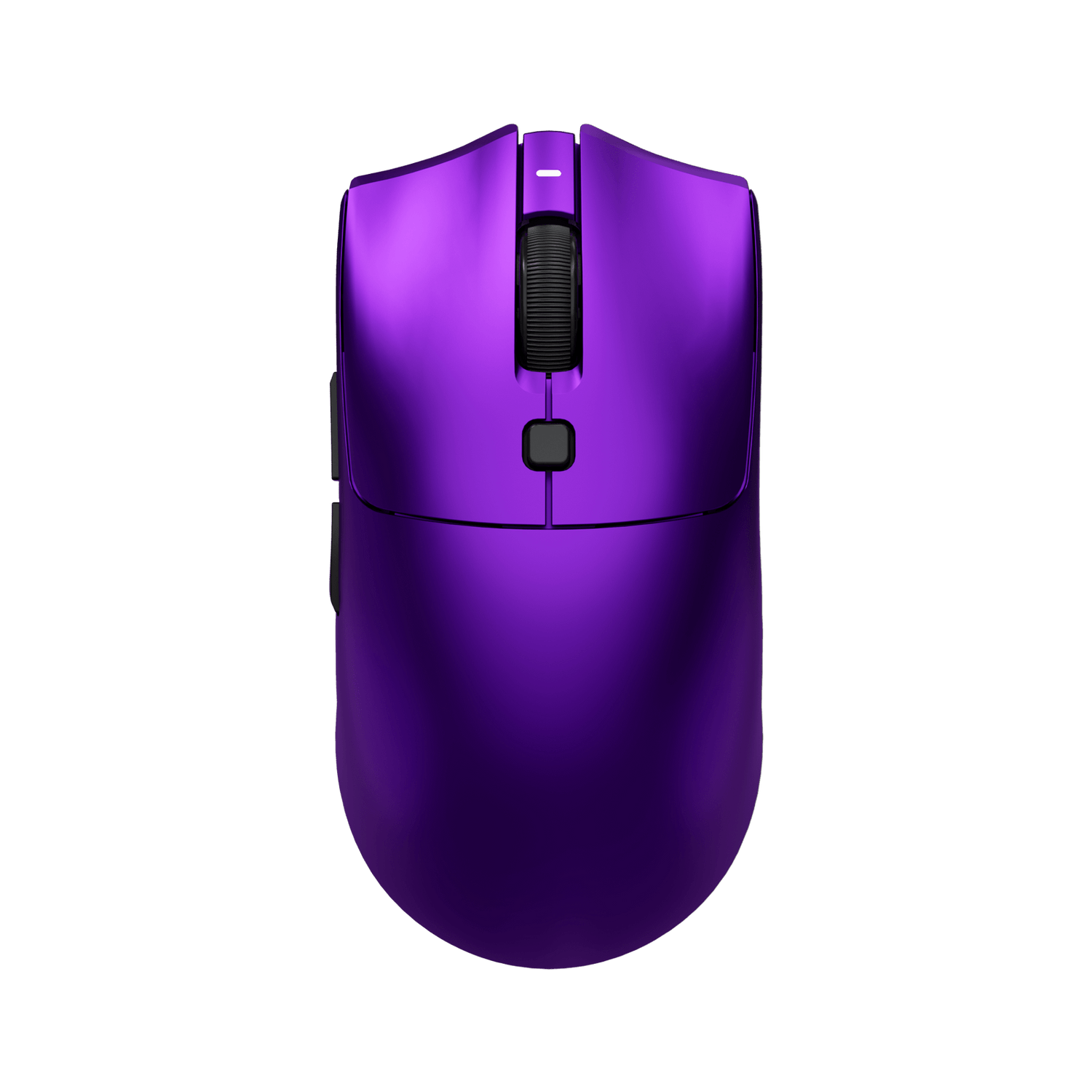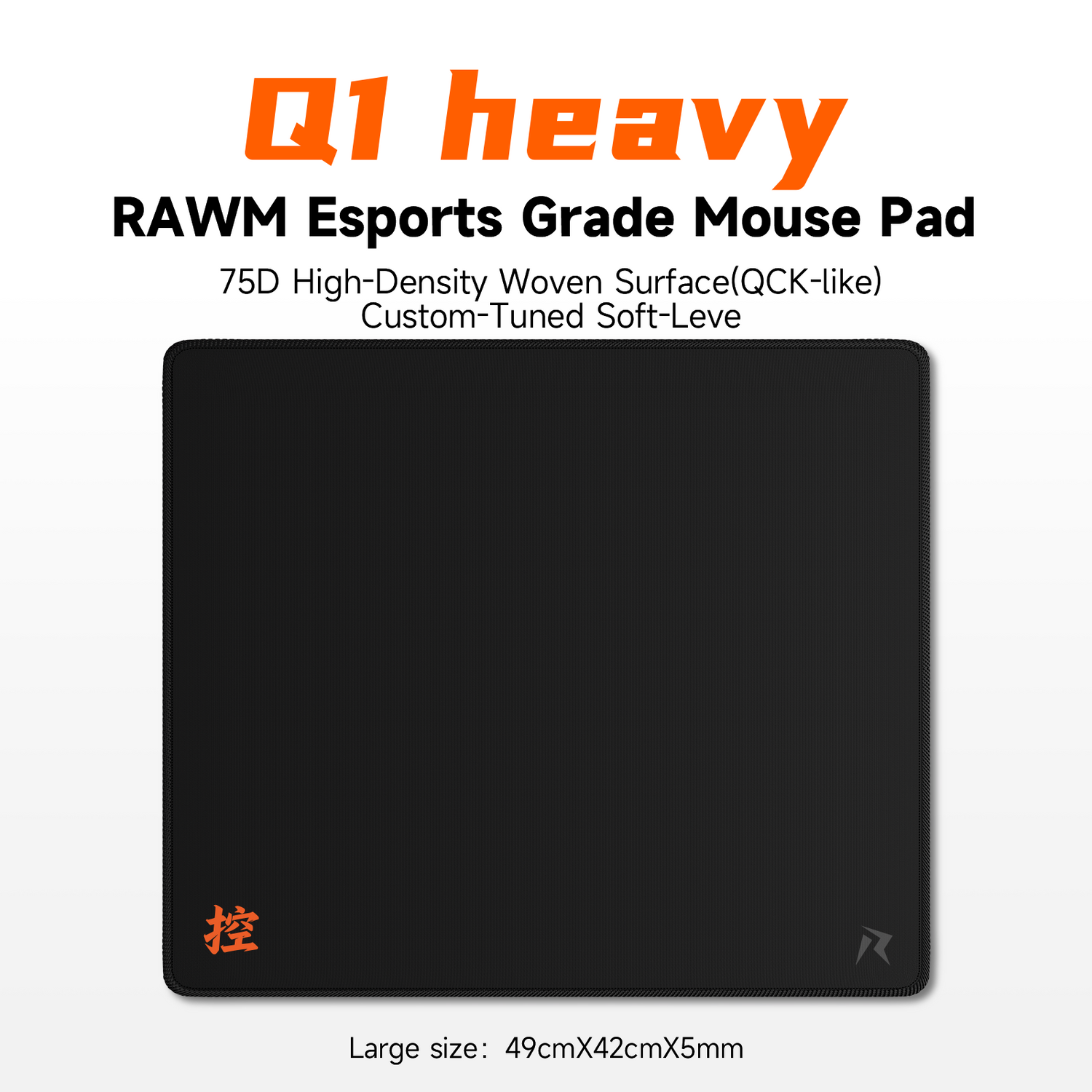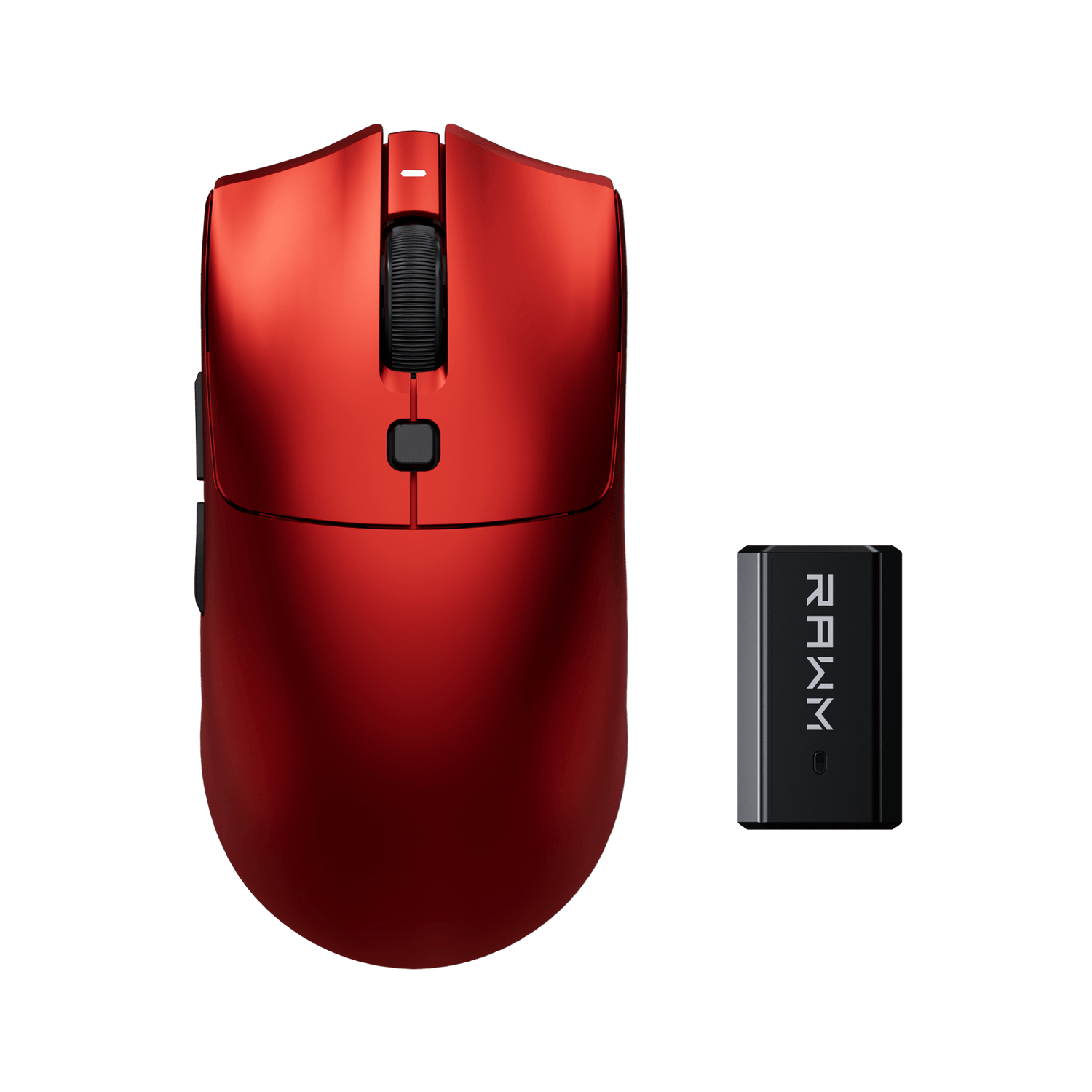
Choosing the Right DPI for Your Gaming Mouse
- 1. Understanding DPI for Gaming Mouse Basics
- 2. Why DPI for Gaming Mouse Matters in Different Game Genres
- 3. How to Adjust DPI for Gaming Mouse Correctly
- 4. DPI for Gaming Mouse vs Sensitivity Settings
- 5. Best DPI for Gaming Mouse Settings by Game Type
- 6. Pros and Cons of High DPI for Gaming Mouse Settings
- 7. How Mousepads Affect DPI for Gaming Mouse Accuracy
- 8. Do Professional Gamers Use High DPI for Gaming Mouse?
- 9. Common Myths About DPI for Gaming Mouse
- 10. Choosing the Best DPI for Gaming Mouse Settings
For every serious gamer, selecting the correct DPI for gaming mouse settings can significantly improve performance. DPI (dots per inch) affects your precision and responsiveness during gameplay, making it one of the most critical decisions when optimizing your setup. In this guide, we’ll break down everything you need to know to choose the perfect DPI for your playstyle. Whether you play FPS, RTS, or MOBA games, understanding DPI for gaming mouse can give you that competitive edge.
1. Understanding DPI for Gaming Mouse Basics
DPI for gaming mouse refers to how far the cursor moves on-screen when you move your mouse. Higher DPI means the pointer travels farther with less physical movement, while lower DPI offers greater control.
| DPI Level | Cursor Speed | Ideal For |
|---|---|---|
| 400-800 | Slow | Precision FPS aiming |
| 800-1600 | Medium | General gaming and browsing |
| 1600+ | Fast | RTS or high-speed gameplay |
For most players, a DPI between 800 and 1600 offers a solid balance of speed and precision. However, pro gamers often drop as low as 400 DPI to ensure accuracy in shooting games.
2. Why DPI for Gaming Mouse Matters in Different Game Genres
Each game genre benefits from different DPI for gaming mouse settings:
-
FPS Games (e.g., Valorant, CS2): Low DPI (400-800) for better crosshair control
-
RTS Games (e.g., StarCraft): Higher DPI (1000+) to manage large maps and units quickly
-
MMORPGs (e.g., WoW): Medium DPI for fast yet manageable movement
Using the right DPI for gaming mouse allows smoother gameplay and fewer misclicks, giving you a tactical advantage.
3. How to Adjust DPI for Gaming Mouse Correctly
Most modern gaming mice include dedicated DPI switches. Here's how to set yours properly:
-
Open your mouse software (e.g., Razer Synapse, Logitech G HUB).
-
Find the DPI adjustment slider.
-
Test settings in-game and tweak based on comfort.
A good practice is to start at 800 DPI and increase or decrease gradually. Test with a flick shot or precise click action to see what feels right.
4. DPI for Gaming Mouse vs Sensitivity Settings
It's important not to confuse DPI for gaming mouse with in-game sensitivity. Here’s how they differ:
-
DPI: Hardware-level setting that adjusts physical mouse movement.
-
Sensitivity: Software-level adjustment specific to each game.
| Setting Type | Affects | Controlled Via |
|---|---|---|
| DPI | Cursor speed system-wide | Mouse software or button |
| Sensitivity | In-game movement | Game settings |
To avoid jittery aim or sluggish response, strike a balance between both. A popular formula: low DPI + high in-game sensitivity = inconsistent aim.
5. Best DPI for Gaming Mouse Settings by Game Type
Here’s a guide to optimal DPI for gaming mouse ranges for common games:
| Game Genre | Game Examples | Recommended DPI |
|---|---|---|
| FPS | Valorant, CS2 | 400–800 |
| MOBA | League of Legends | 800–1200 |
| RTS | Age of Empires, SC2 | 1200–1600 |
| MMO | World of Warcraft | 1000–1600 |
Always test in real match conditions and refine settings according to your muscle memory and desk space.
6. Pros and Cons of High DPI for Gaming Mouse Settings
High DPI for gaming mouse settings can be useful—but only in certain scenarios.
Pros:
-
Faster screen coverage
-
Better for large-resolution monitors
-
Ideal for multitasking or RTS games
Cons:
-
Difficult to aim accurately in FPS
-
Overly sensitive to small movements
-
May cause overshooting your target
The right choice depends on your comfort and game style.
7. How Mousepads Affect DPI for Gaming Mouse Accuracy
Mousepads greatly influence DPI for gaming mouse performance. A smoother surface supports accurate tracking, while a rough pad might cause stuttering.
| Mousepad Type | Best For |
|---|---|
| Hard surface | High DPI, fast movements |
| Cloth surface | Low DPI, better control |
| XL mousepads | Low DPI players, sweeping arcs |
Always match your DPI level with a compatible mousepad to reduce inconsistencies.
8. Do Professional Gamers Use High DPI for Gaming Mouse?
Surprisingly, many pros prefer low DPI for gaming mouse settings.
Examples:
-
TenZ (Valorant): 800 DPI
-
s1mple (CS2): 400 DPI
-
Faker (LoL): 1600 DPI
This shows that lower DPI often improves precision and aim reliability. Combine that with a large mousepad for full wrist control.
9. Common Myths About DPI for Gaming Mouse
Let’s debunk a few misunderstandings:
-
Higher DPI = better mouse? Not true. Most players don’t go above 1600.
-
Only DPI matters? No—sensor quality, ergonomics, and weight also affect performance.
-
Same DPI for every game? Not ideal. You should customize DPI per game genre.
Avoid falling for marketing claims. Focus on practical performance, not just numbers.
10. Choosing the Best DPI for Gaming Mouse Settings
Choosing the correct DPI for gaming mouse is a game-changer. It affects how you move, aim, and react during play. Most gamers benefit from moderate settings (800–1600), but your choice should reflect your style, genre preference, and setup.
Here’s a recap:
-
Start at 800 DPI and test incrementally.
-
Use a matching mousepad.
-
Balance DPI with in-game sensitivity.
-
Track what works best per game.
What DPI do you currently use for your favorite game, and how did you decide on it? Share your settings in the comments so others can learn from your experience!
>>See also Bluetooth Mouse vs Wireless Mouse Which One Is the Best Fit for Your Workflow >>>>>




